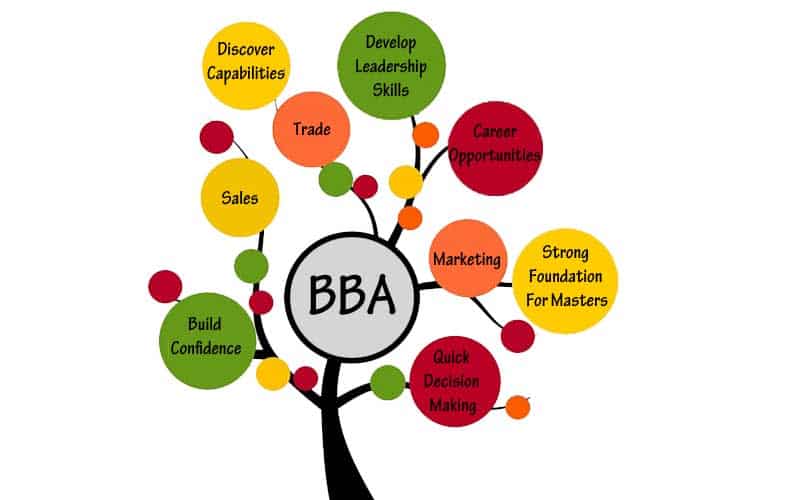 SIMT
SITASRM INSTITUTE OF MANAGEMENT & TECHNOLOGY
SIMT
SITASRM INSTITUTE OF MANAGEMENT & TECHNOLOGY
 SIMT
SITASRM INSTITUTE OF MANAGEMENT & TECHNOLOGY
SIMT
SITASRM INSTITUTE OF MANAGEMENT & TECHNOLOGY

SIMT
SITASRM INSTITUTE OF MANAGEMENT & TECHNOLOGY
Menu
Employee Well-being: Key to Strong Employee Retention Strategies
Introduction to Employee Retention
Let's be honest, trying to keep good employees these days can feel like trying to herd cats... on roller skates... while juggling flaming torches. It's a circus! But what if I told you there's a less chaotic, more strategic way to keep your star performers from leaping to the competition? Forget the nets and the fire extinguishers; it all boils down to truly understanding and valuing your people. This is where truly effective employee retention strategies stop being a nightmare and start becoming your secret weapon.
Got it. I'll add that specific detail about SIMT's dual specialization MBA offering to the final line, while keeping the flow of the blog post consistent.
Let’s read this blog to uncover some hidden strategies.
The Talent Tug-of-War: Why Retention Isn't Optional Anymore
In today's fast-paced corporate landscape, the war for talent is fiercer than ever. Companies pour immense resources into recruitment, only to face the silent drain of high turnover. This is precisely why employee retention strategies are not just a nice-to-have, but a critical business imperative. High turnover costs are more than just recruitment fees; they include lost institutional knowledge, decreased team morale, and a significant dip in productivity during the onboarding period for new hires. The most successful organizations understand that nurturing their existing talent is often more cost-effective and beneficial than constantly seeking new blood.
The Well-being Dividend: Beyond Just Being "Nice"
When we talk about employee well-being, we're encompassing mental, physical, financial, and even social health. It’s a holistic view of what it takes for an individual to thrive, not just survive, in the workplace. Companies that prioritize this comprehensive well-being see tangible benefits. Employees with higher levels of well-being are typically more resilient, innovative, and show greater commitment to their organization. This directly translates into enhanced workplace productivity, as individuals are better equipped to handle challenges, collaborate effectively, and contribute their best work.
Consider the cost of burnout. Employees pushed to their limits are prone to making mistakes, disengaging, and eventually leaving. Proactive well-being initiatives, however, can prevent this costly scenario. Offering resources like stress management workshops, flexible work arrangements, or even financial literacy programs demonstrates a genuine care for employees' lives beyond their job description. Such initiatives are powerful components of modern employee retention strategies.
HR's Playbook: Top 5 Smarter Employee Retention Strategies
Human Resources departments are uniquely positioned to champion well-being initiatives. They are the bridge between management and employees, equipped to understand the needs of the workforce and translate them into actionable programs. HR's role in driving employee retention strategies through well-being is multi-faceted:
-
Policy Power:
HR can design and implement policies that support a healthy work-life balance, such as flexible hours, remote work options, generous leave policies, and mental health days. These policies are not just perks; they are structural elements of effective employee retention strategies.
-
Program Perks:
From corporate wellness challenges and gym memberships to Employee Assistance Programs (EAPs) offering counseling services, HR can introduce programs that directly address various aspects of well-being.
-
Culture Cultivation:
HR plays a vital role in shaping a positive work environment where psychological safety and open communication are encouraged. When employees feel safe to voice concerns and contribute ideas, their sense of belonging strengthens, reducing their desire to leave. This cultural foundation is key to successful employee retention strategies.
-
Leadership Lens:
Educating managers on how to support their teams' well-being, recognize signs of stress, and foster an inclusive atmosphere is crucial. HR can provide the necessary training to ensure that well-being isn't just an HR initiative but a shared responsibility across the organization.
-
Listening Loop:
Implementing regular surveys, one-on-one check-ins, and open-door policies allows HR to gauge employee sentiment and identify areas where well-being support is most needed. Listening to employees and acting on their feedback is a fundamental aspect of adaptive employee retention strategies.
The Strategic Imperative: Beyond Just Turnover Rates
Ultimately, investing in employee well-being is a strategic decision that offers substantial returns. It moves beyond just reducing lower turnover costs to creating a thriving, innovative, and resilient workforce. When employees feel cared for, they develop a deeper sense of loyalty and are more willing to go the extra mile for the organization. This improves not just productivity and retention but also strengthens the employer brand, making the company more attractive to future talent.
The evolution of HR into a strategic partner means a heightened focus on the human capital aspect of business success. Understanding your workforce's needs and proactively addressing them is a sophisticated approach to talent management. It's about cultivating a symbiotic relationship where both the employee and the organization mutually benefit. In essence, the proactive management of employee well-being is the most forward-thinking of all employee retention strategies, ensuring sustained growth and a competitive edge in the marketplace.
Your People, Your Power: A Final Thought
By embedding comprehensive well-being initiatives into the core of their operations, companies are not just doing good; they are doing smart business. This shift transforms employee well-being from a corporate buzzword into a powerful driver of productivity, loyalty, and long-term success. For those ready to lead in this dynamic field, we at SIMT are offering dual specialization in MBA for students, allowing them to explore and choose areas of their interest.
.jpg)



















































